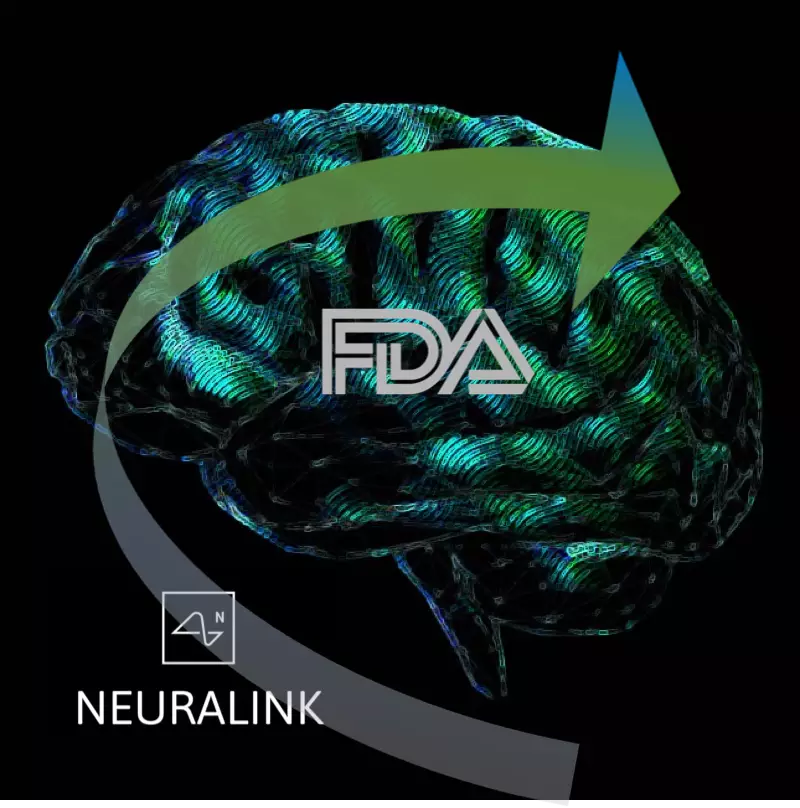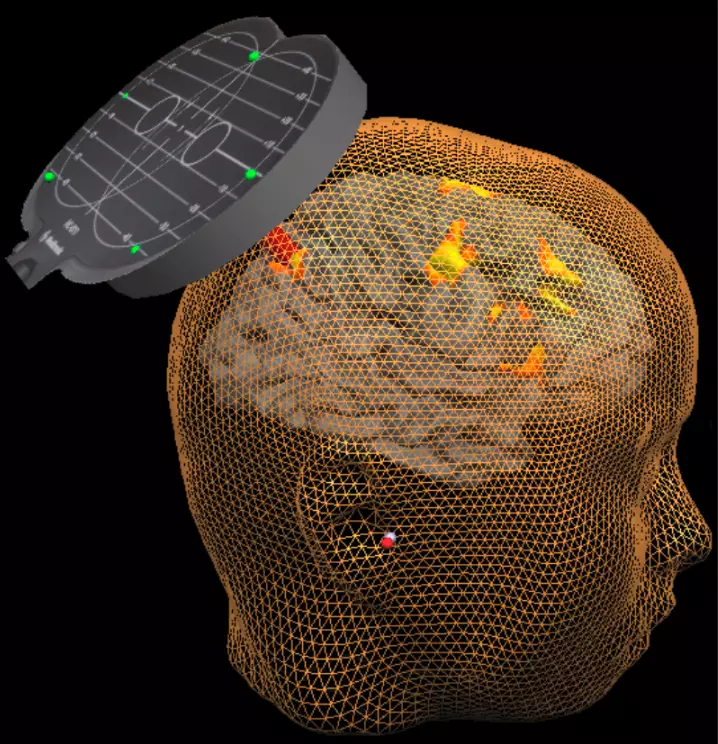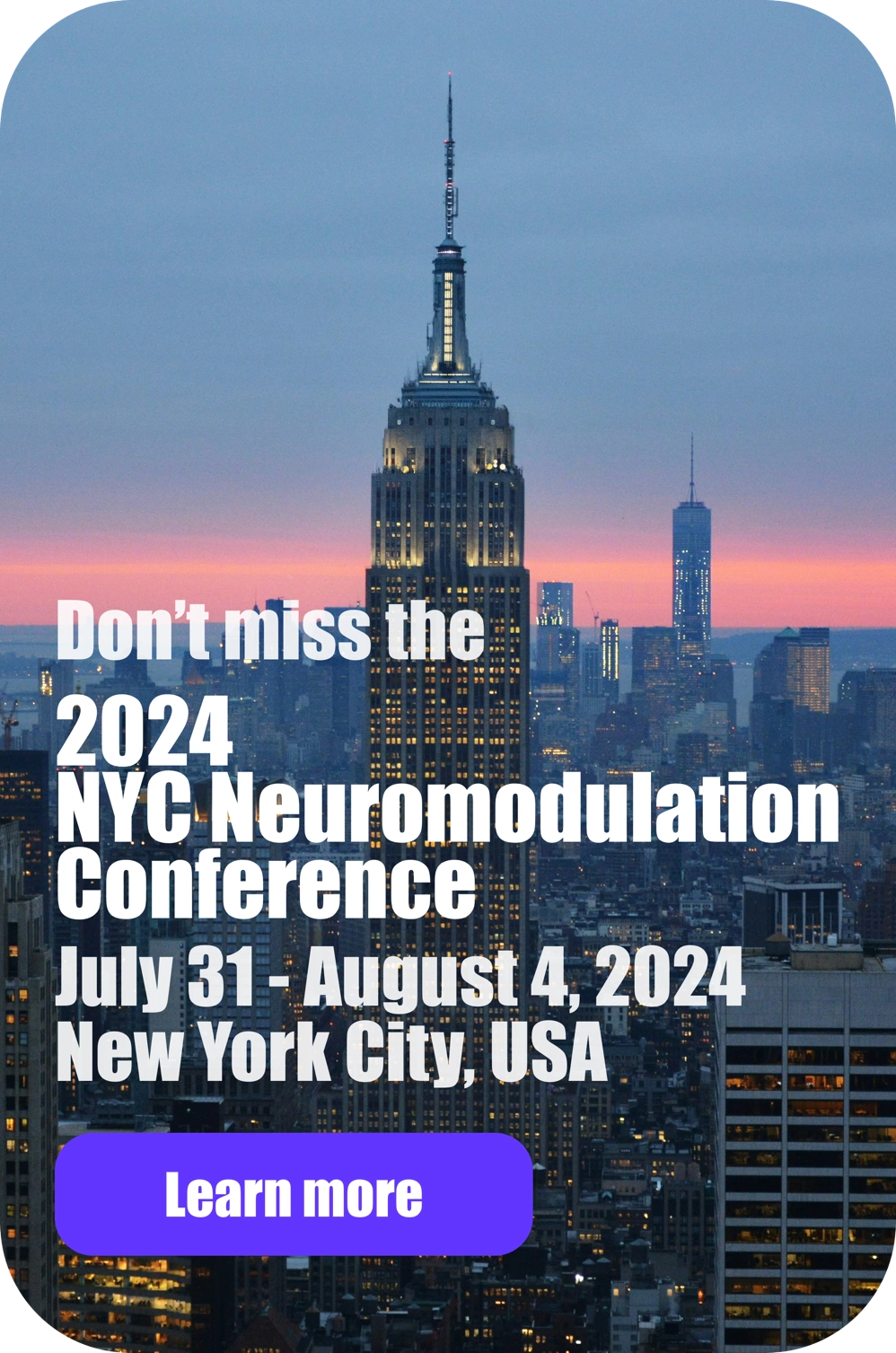
No matter what, getting an Investigational Device Designation (IDE) for a brain implant from the Food and Drug Administration (FDA) isn’t trivial, so I’m happy for the Neuralink team. They have some really smart people whom I have a lot of respect for, even if as a whole their team doesn’t have much practical experience developing a regulated implantable medical device through to market. They’ve had some growing pains getting an initial rejection over a year ago, with a lot of those FDA concerns being completely unsurprising to people with practical experience with implantable medical devices. Given Neuralink has been around since 2016, they could have taken the easy way out and temporarily implanted their novel electrodes as part of a pre-existing surgical procedure to place FDA approved stereo or intracranial electrocorticography electrodes for localizing a seizure focus for subsequent resection. This is a common avenue for testing new electrodes in the brain that is considered non-significant risk by most Institutional Review Boards, which therefore does not require an FDA IDE. They could have then claimed they were in humans with a much easier path than going through the FDA. I’ve been pretty shocked they had not already tested their thin-film electrode arrays years prior via this easier path. So huge achievement for the team for going the much harder and more meaningful path to meet the FDA IDE requirements.
That being said, brain machine interfaces (BMIs) in humans have been around since Grey Walter used neural recordings from human subjects to have them control a slide projector in the 1960’s. There are several other brain-machine interface companies such as Blackrock Neurotech, Paradromics, and Synchron, some of whom have decades of data across a dozen or more human subjects. Many groups have shown that electrodes implanted in the brain can create really useful brain-machine interfaces to treat subjects with motor dysfunction due to ALS, stroke, spinal cord injury, etc. But this area has also been struggling for a business case almost since Grey Walter. These are small markets, this is very expensive technology, and insurance payers don’t tend to cover things that ultimately will cost hundreds of thousands of dollars per patient. It’s also really complex technology that’s hard to scale out. The truth is Neuralink is behind the curve compared to their competitors and playing catch up, and I’m not sure exactly what the IDE covers that creates a clear business case advantage over the companies out in front, who are already struggling with the limited market.
Neuralink started off with Musk saying a lot of really stupid things about how they are going to make a market. Augmenting healthy human beings to compete with AI, curing depression in 5 years… in the same vein that every time you hear a bell an angel gets their wings, every time Musk opens his mouth about Neuralink a neuroscientist somewhere has an aneurysm. I tend to ignore that Musk is even involved, as most the people I’ve talked to at Neuralink kind of laugh about his intellectual contributions to the project and view him as a piggy bank to be ignored after he leaves the room. The people who know neural interfaces have started their inevitable pivot from Musk’s ridiculous hype to the very laudable goal of treating conditions such as paralysis, where the possible benefit given the severity of the condition outweighs the risk of an invasive brain implant. But I haven’t seen any solution or even awareness that they are following in the footsteps of many before them who struggled because of the business case issue for the small market.
The purported advantages over their competitors in the BMI spaces are:
- More electrodes for recording
- Wireless
- Very small thin-film electrode arrays to minimize disruption of tissue, hopefully leading to better recorded signal across years of implantation
- A novel ‘robotic sewing machine’ to get lots of very small electrode arrays into the brain very quickly
- An entirely in house supply chain. This in theory would give Neuralink more control over the full final product. Recalls of implanted neurotechnology due to issues that creep up with complicated supply chains is a very large issue in the field, with 10 recalls of vagus nerve stimulators over the last 5-6 years, and nearly 50 in the past 20 years for spinal cord stimulators.
All of these are ideas that have been around before Neuralink, and it’s unclear right now if any of the above actually creates a significant clinical improvement for patients over other alternatives in the small market. Many of these device ideas are amalgamated from co-founders of Neuralink like Tim Gardner, Vanessa Taloosa and Flip Sabes who have now left, and outside pioneers like Thomas Stieglitz, Richard Normann, Florian Solzbacher, Arto Nurmikko, TK Kozai, etc. I’m also leaving out dozens of pioneers on the neural decoding side. Amalgamating all of this and making it work even in just a few patients is no mean feat, so that’s big for the field.
However, the idea that many sewn in small electrodes will make for better chronic recordings is speculative and unproven – TK Kozai and Tim Gardner only showed this for a small number of very small diameter carbon fibers in their seminal work - and the idea that more electrodes will make significantly better BMI performance is similarly speculative and unproven. I don’t know what of the above 5 potential advantages were part of this IDE. If they got to use the sewing machine to implant as part of the IDE, then that’s a pretty big step as that’s the most novel thing about their technology that no one has done before them. If they did this entirely in-house with no outside suppliers, that’s a pretty big achievement… but I worry that they don’t have the experience to foresee the issues the suppliers have seen over the years.
Coming from the medical device industry, I learned how incredibly important it is to have many people on your team who have decades of experience building commercially viable medical implants. If you don’t have these people, you don’t learn from history, and you’ll repeat a lot of the mistakes that have been made throughout the years. To minimize this issue, I’ve heard several pundits note that Musk had great success with SpaceX in a heavily regulated environment, which is a very poor comparison. Unlike SpaceX which worked closely with NASA and former NASA employees to navigate a complicated regulatory space, I’ve been told by multiple high level people at Neuralink Musk is deliberately avoiding people with that experience by design to avoid ‘contaminating the thought process'. This is unbelievably stupid and very concerning.
Until they change that mindset, I expect Neuralink to continue to go painfully slow compared to their competitors, and have to pivot multiple times. I’m told they are already working on spinal cord implants; spinal cord stimulators to treat pain are a much bigger market than brain-machine interfaces. But it is again unclear how their technology will lead to a clinically meaningful improvement at this point. I suspect they are decades away from any FDA approved chronic implant product, unless they dramatically change their mindset.
In the end it would be a very bad thing for the field of neurotechnology if Neuralink fails. When one of us fails, we all look bad in the public eye. So I’m rooting for them. But right now I don’t see a widely impactful chronically implanted medical device coming from the Neuralink work for a decade or more, if ever.
I’m much more excited about their competitors. Blackrock Neurotech has smartly made a viable business case by bootstrapping their BMI development to an amazing tool for neuroscience research. Synchron has made a huge leap forward by placing their electrode arrays through a common stenting procedure, minimizing both the real risk and patient perception of risk for an invasive craniotomy. Paradromics already has already demonstrated they can record from 30000 electrodes at once in the cortex of sheep, but has also embraced they will have to work backwards from reimbursement codes and be able to manufacture at a price point that makes a business case in small markets.
All of these companies know they need to extend beyond complete paralysis to make a business case, and push towards the larger markets of general motor dysfunction due stroke. Healthy human augmentation simply isn’t a viable short of even mid-term path, so I’m hoping these companies can bootstrap early successes in smaller markets to maintain viability. This will also allow them to better define the real risks at scale in human subjects. Then they will slowly move into larger markets where the relative risks to benefit ratio are very different than complete paralysis.
So don’t listen to the cringeworthy hype of co-evolving with AI or curing depression in the next 5 years. There has already been a long road since Grey Walter over 50 years ago, and there is another 50 year road before any of this hype becomes a reality. But there are some very good people with the patience and foresight to navigate this slow road.
[New on Neuromodec] Perspective by Dr. Kip Ludwig: What does the recent Neuralink FDA IDE really mean? Read the full article👉https://t.co/LjfCu5SCse pic.twitter.com/IhK1asQTwh
— NEUROMODEC (@neuromodec) June 4, 2023
Read this next
What Silicon Valley needs to know about the brain, and what it doesn't - Part I
Silicon Valley wants to get inside your head - literally. While these projects adopt mixes of commercial stealth and elaborate publicity, and the breadth of applications spans the entire human condition, all these technologies take one of two product forms: Either as a chip implanted in your head transmitting to a computer or as a wearable cap transmitting to a computer.
EU regulators grossly misrepresent non-invasive brain stimulation
The regulation of neuromodulation in the EU has been a muddy topic for years, and regulators recently made it all much more difficult. A new misguided reclassification rules that although some neuromodulation “equipment is not surgically invasive”, its effects do “penetrate the cranium” and must thus be regulated in Class III as other surgically invasive technologies.
Bridging the gap between scientific research and clinical practice in the field of non-invasive brain stimulation (TMS and TES)
Researchers and clinicians from Maastricht University and other prestigious academic and clinical institutes started a new important social media initiative aiming to facilitate the free and full open access to latest scientific publications regarding the clinical efficacy, safety, and application expansion of noninvasive brain stimulation (TMS and TES).



